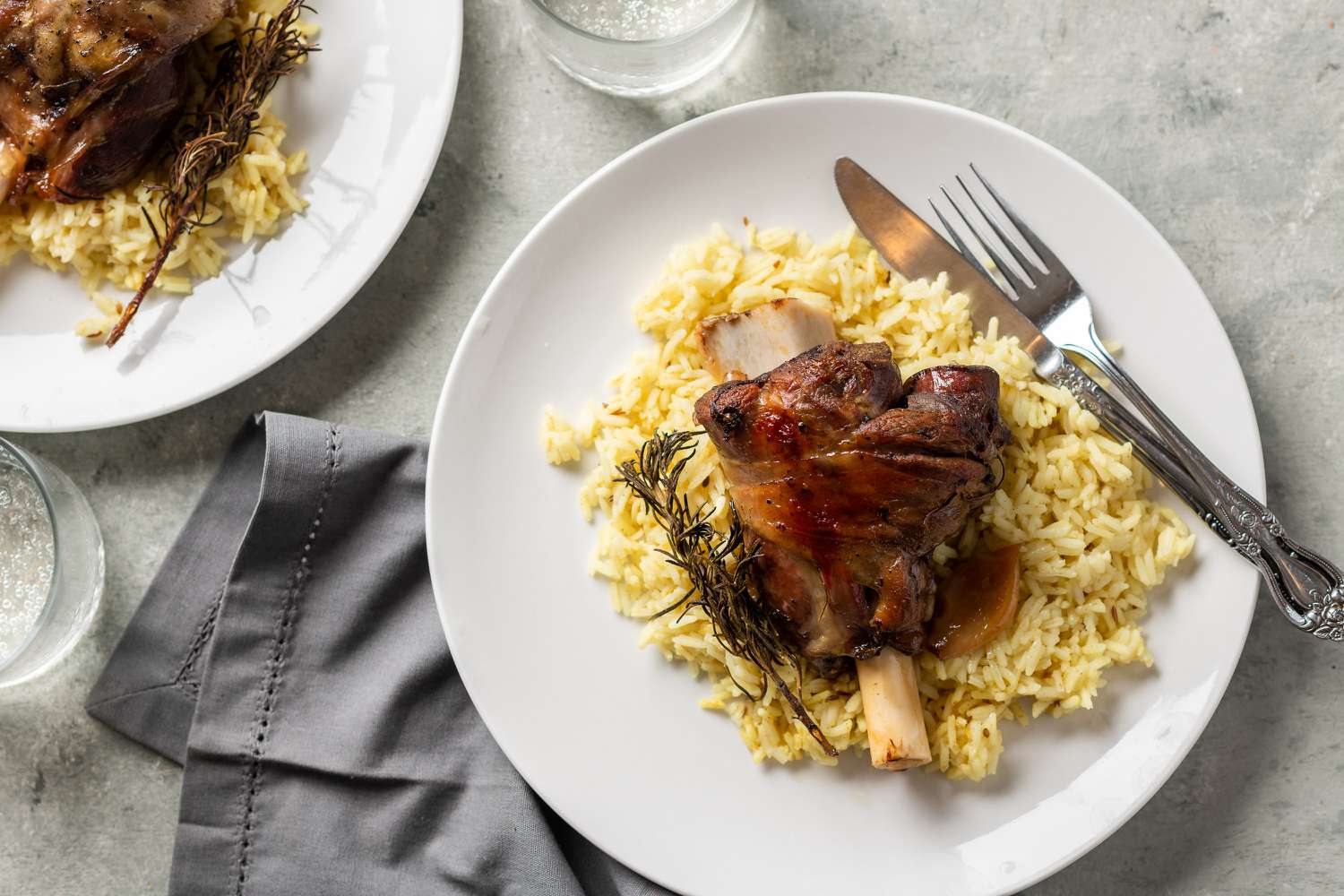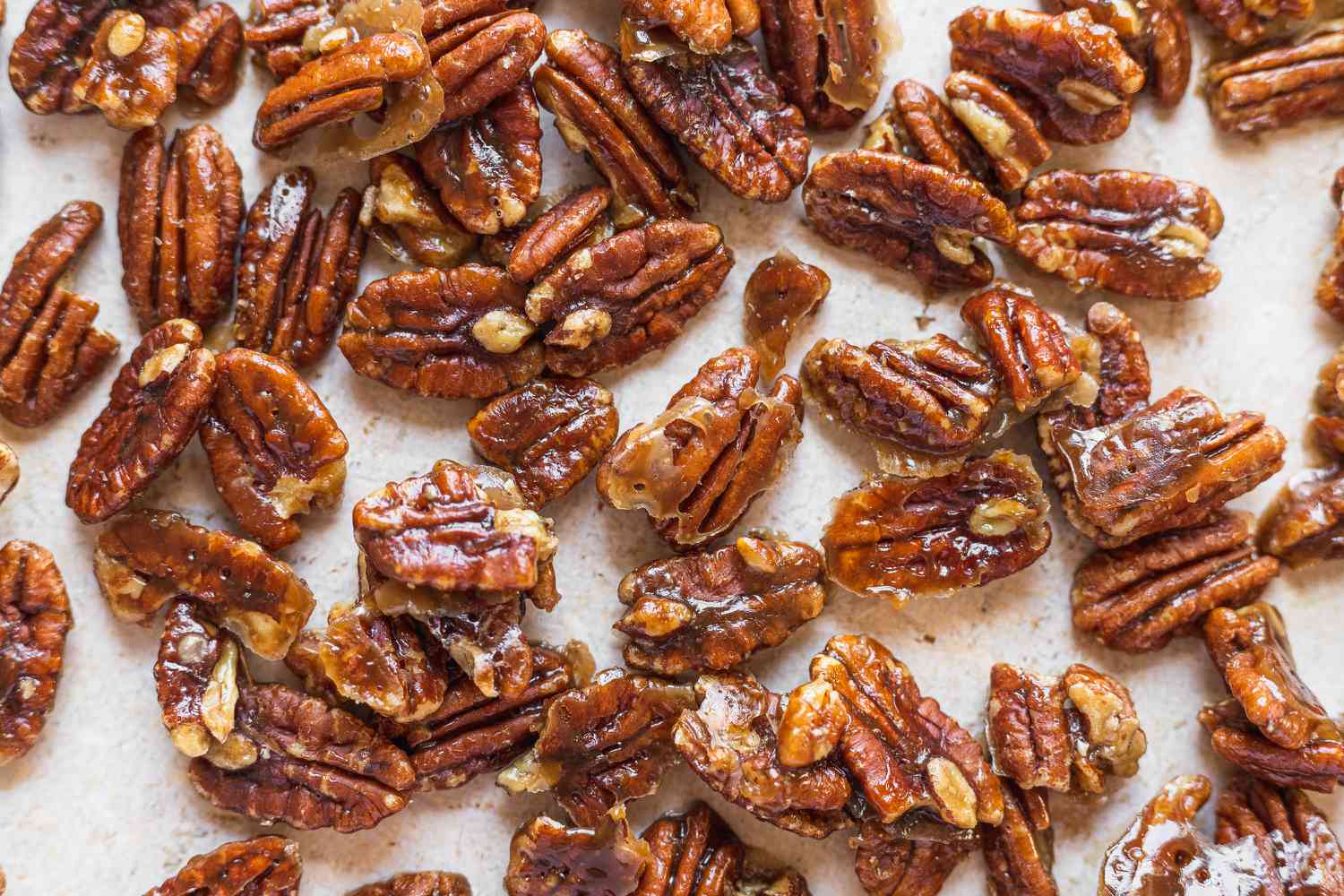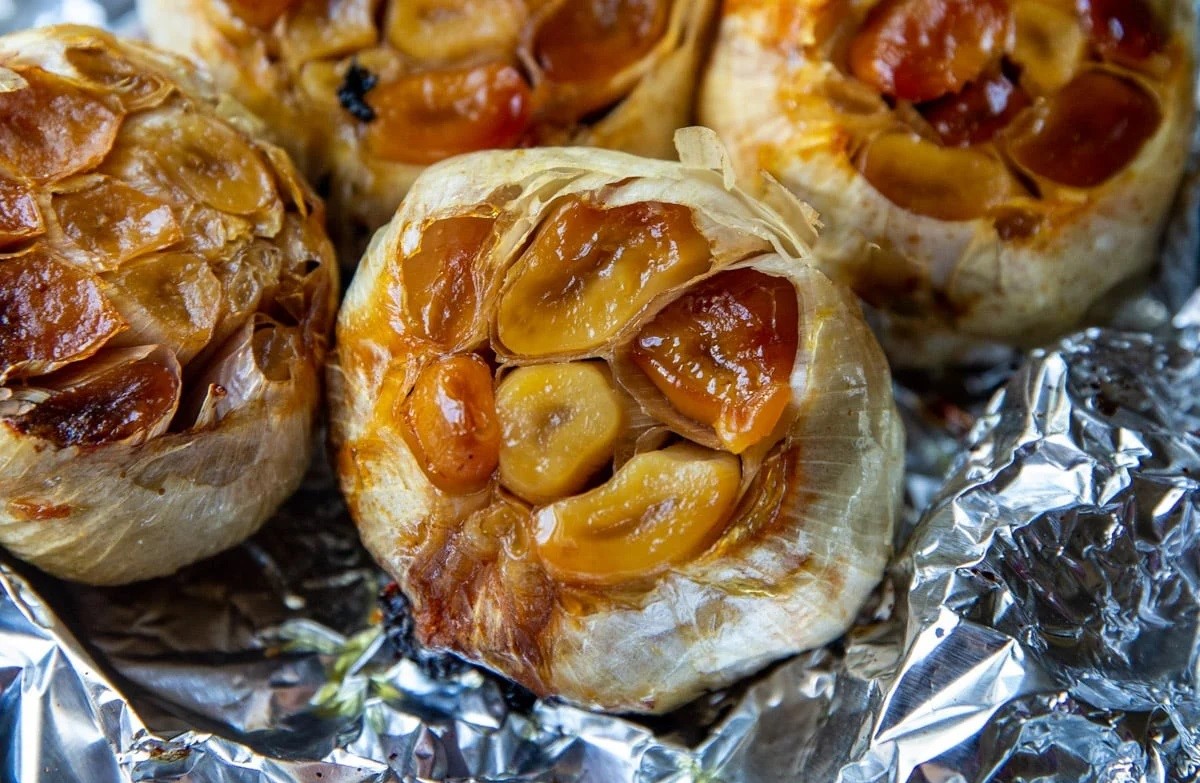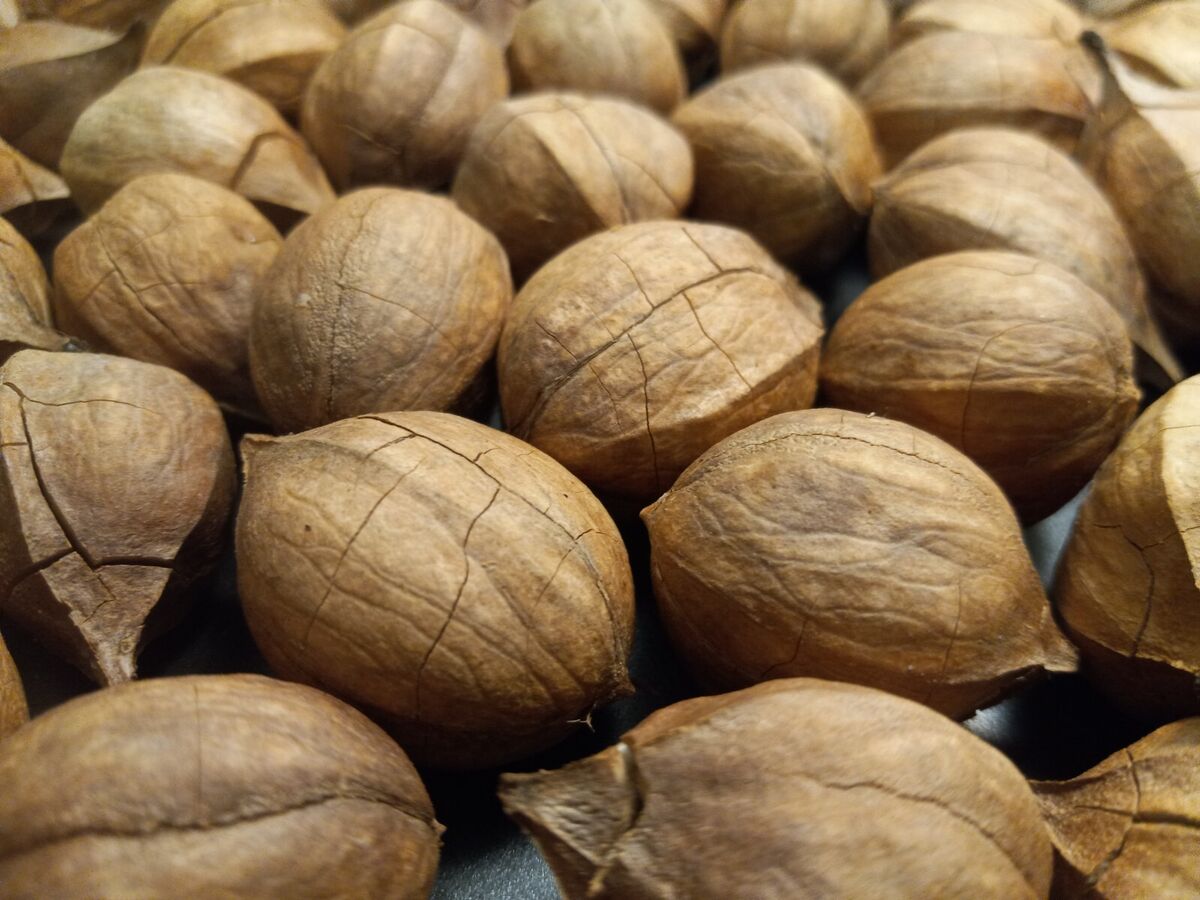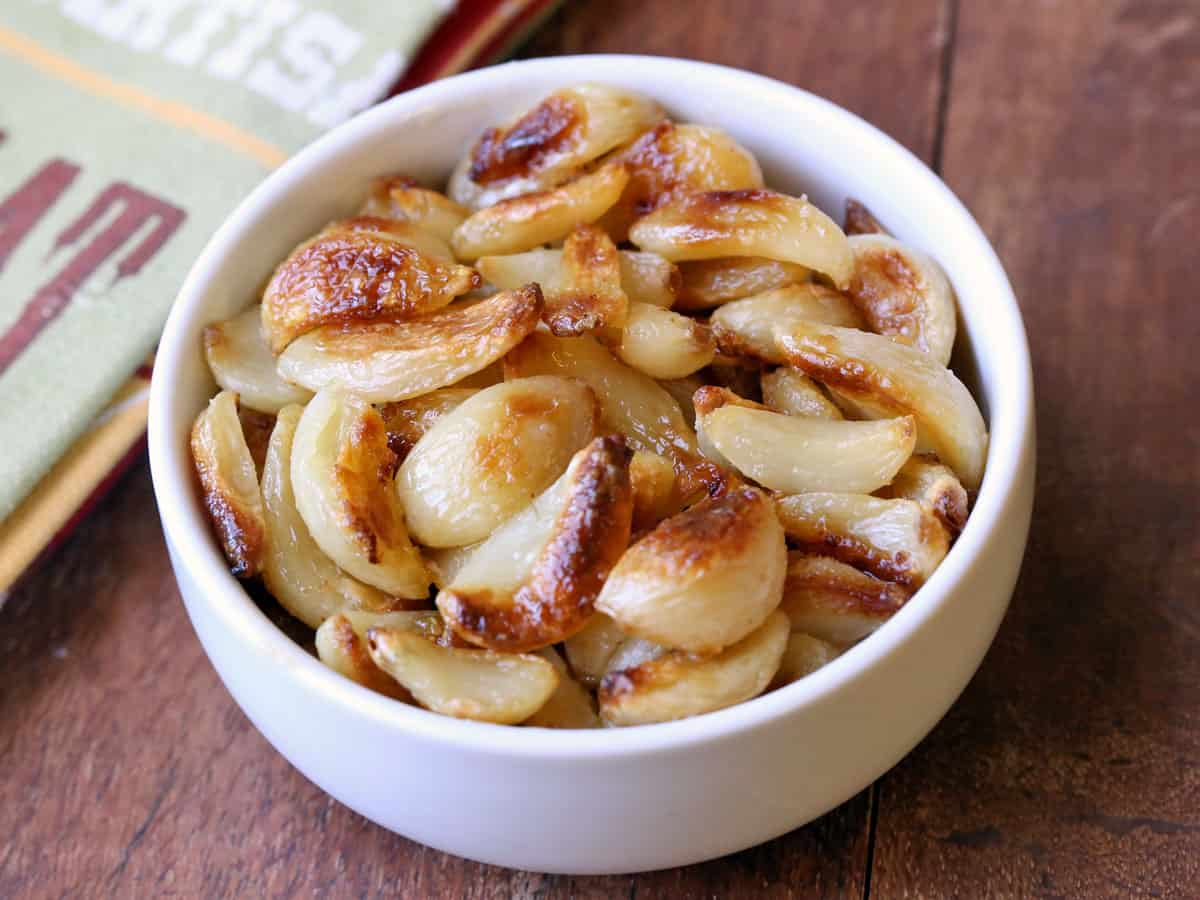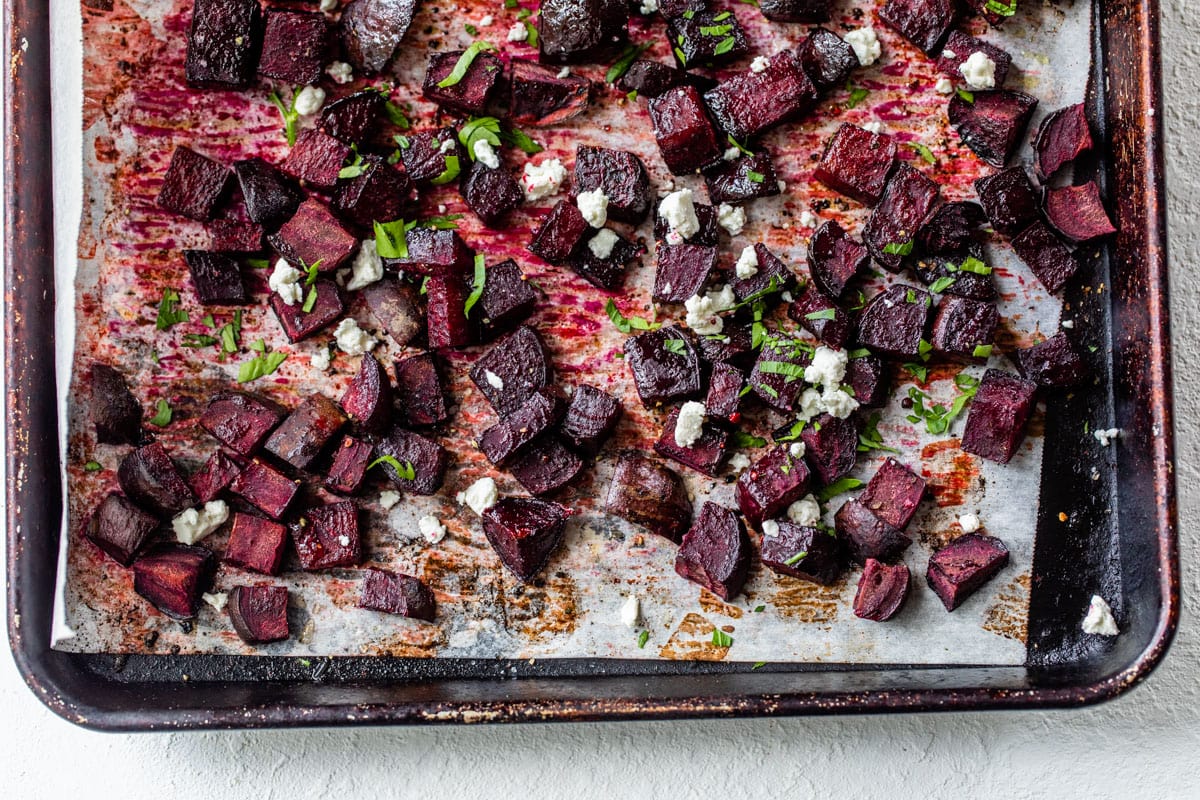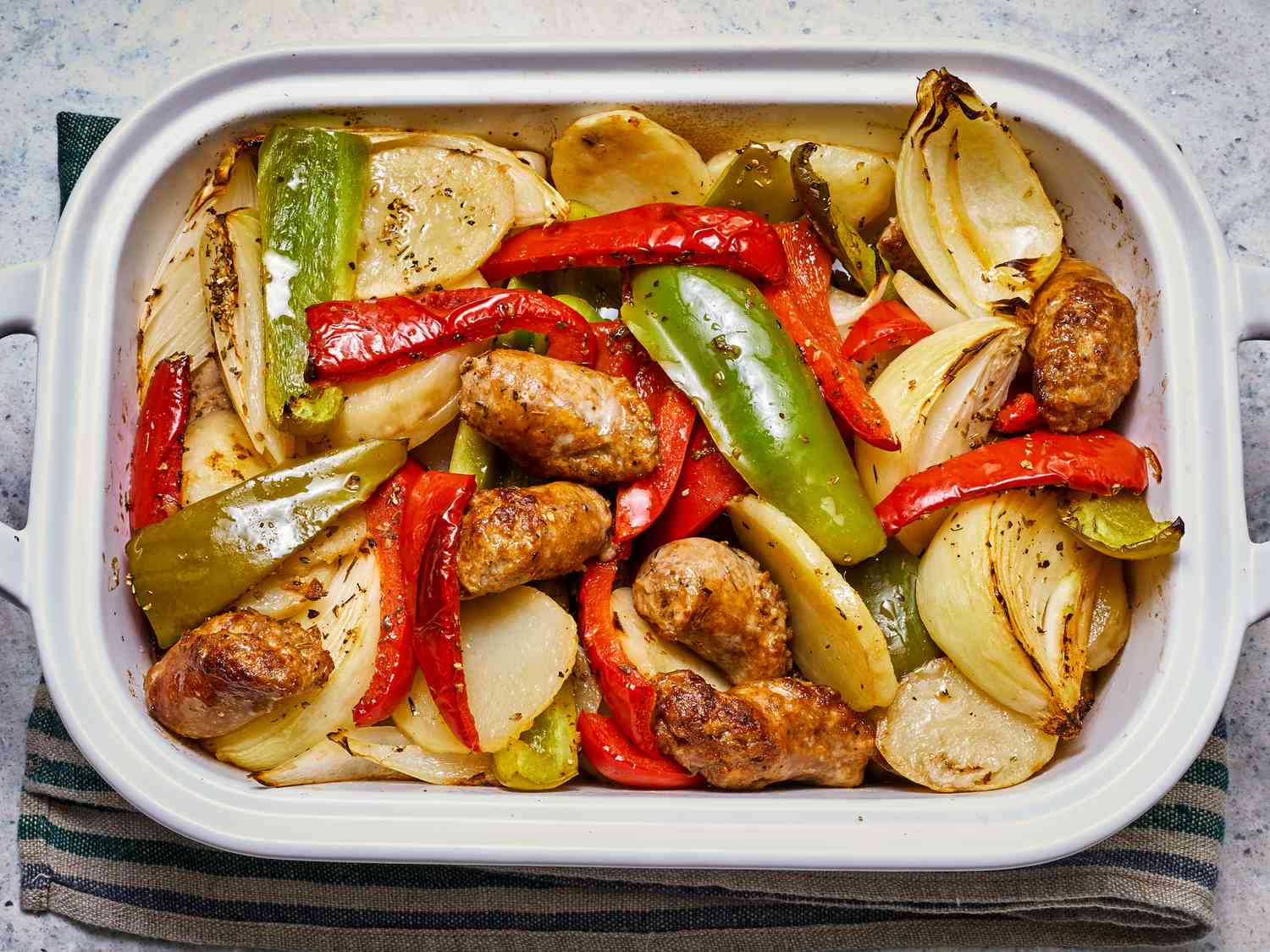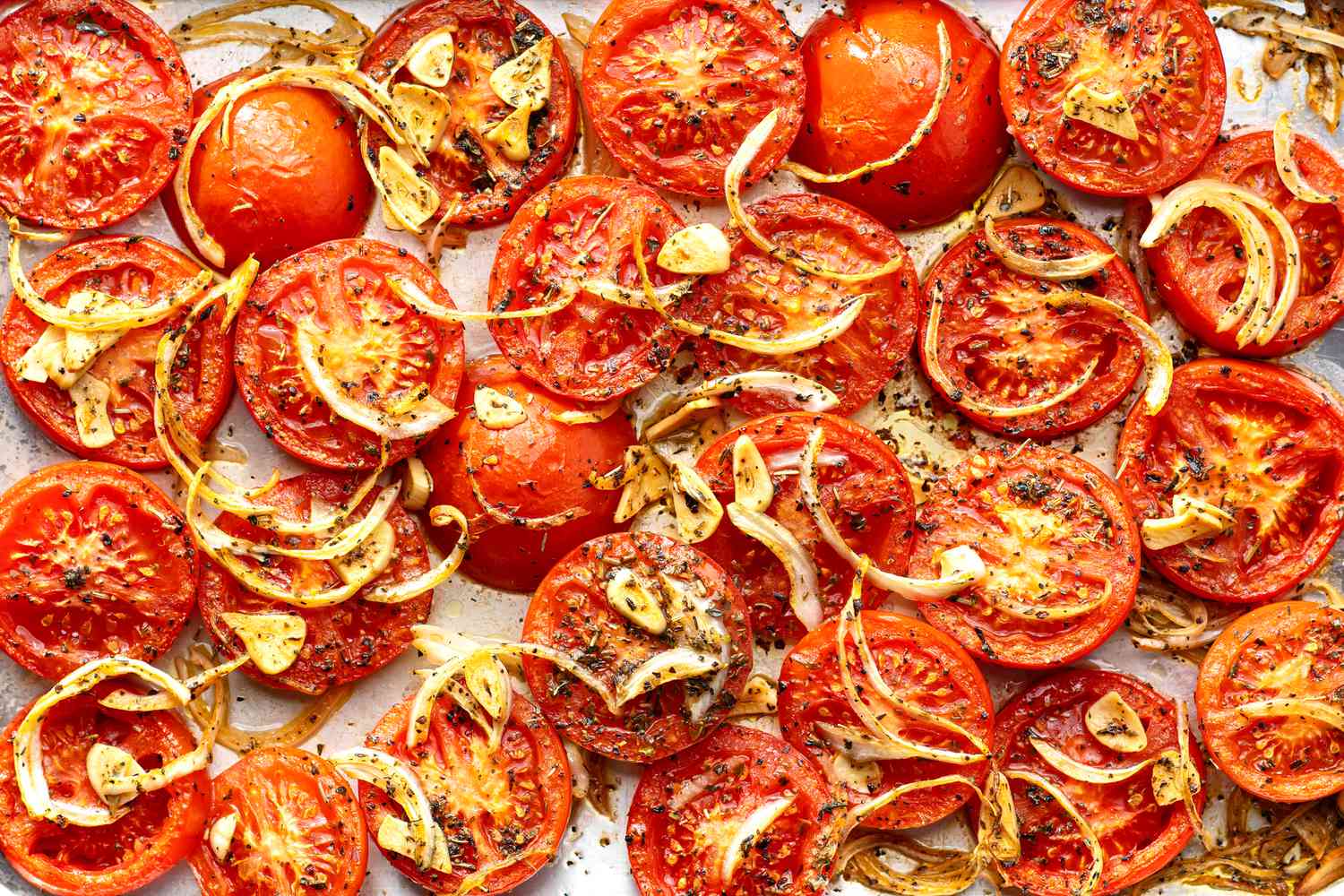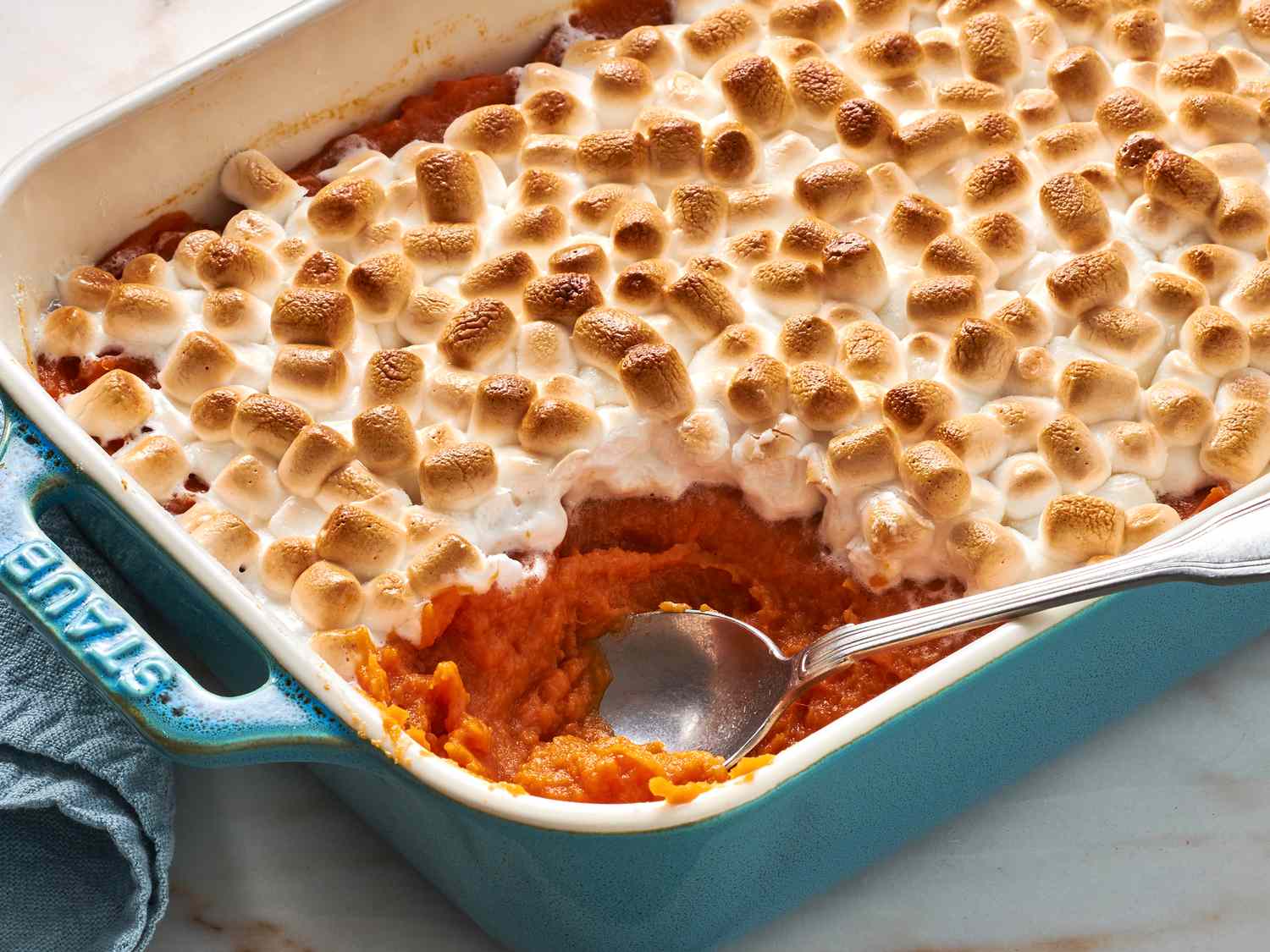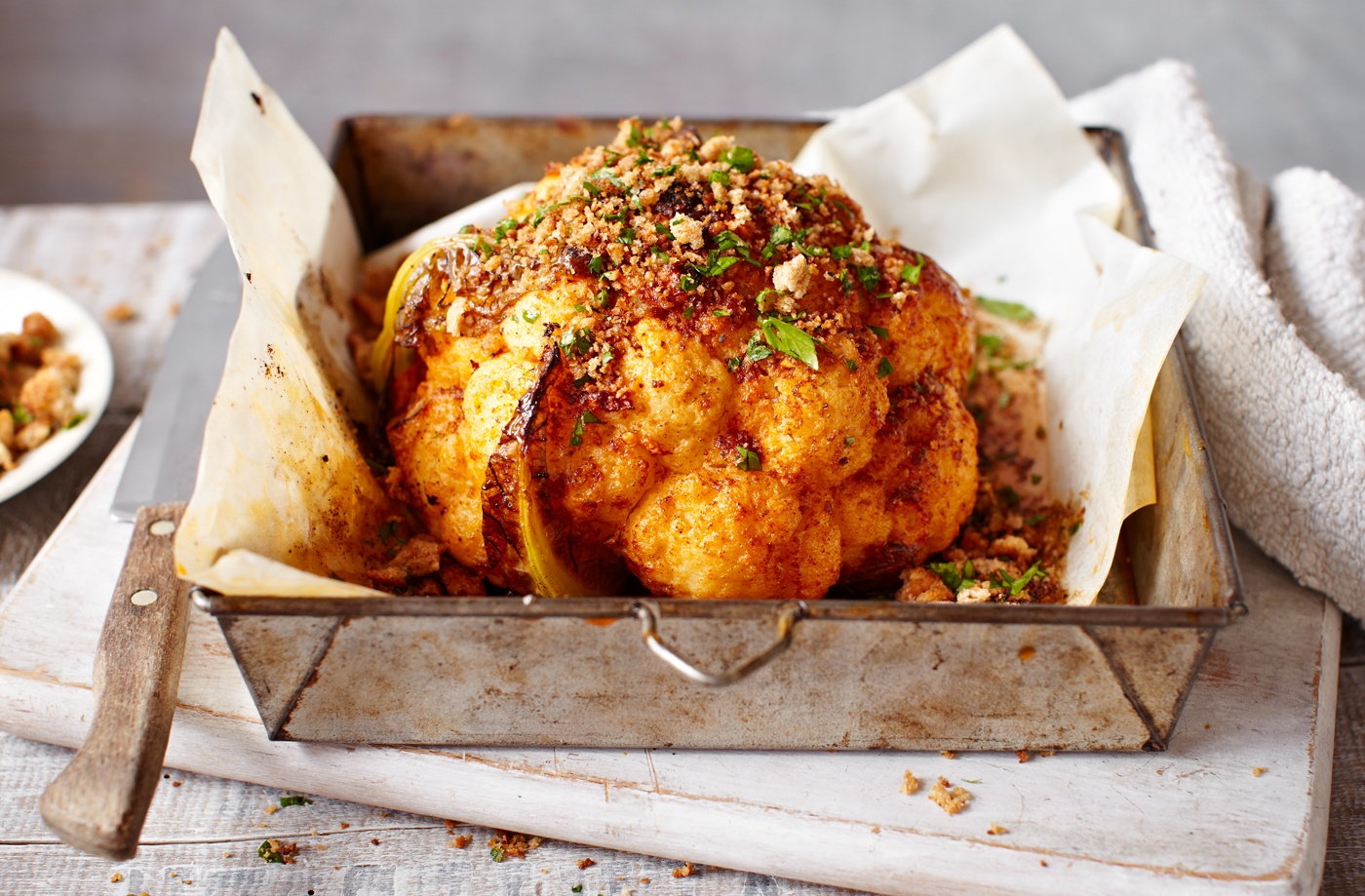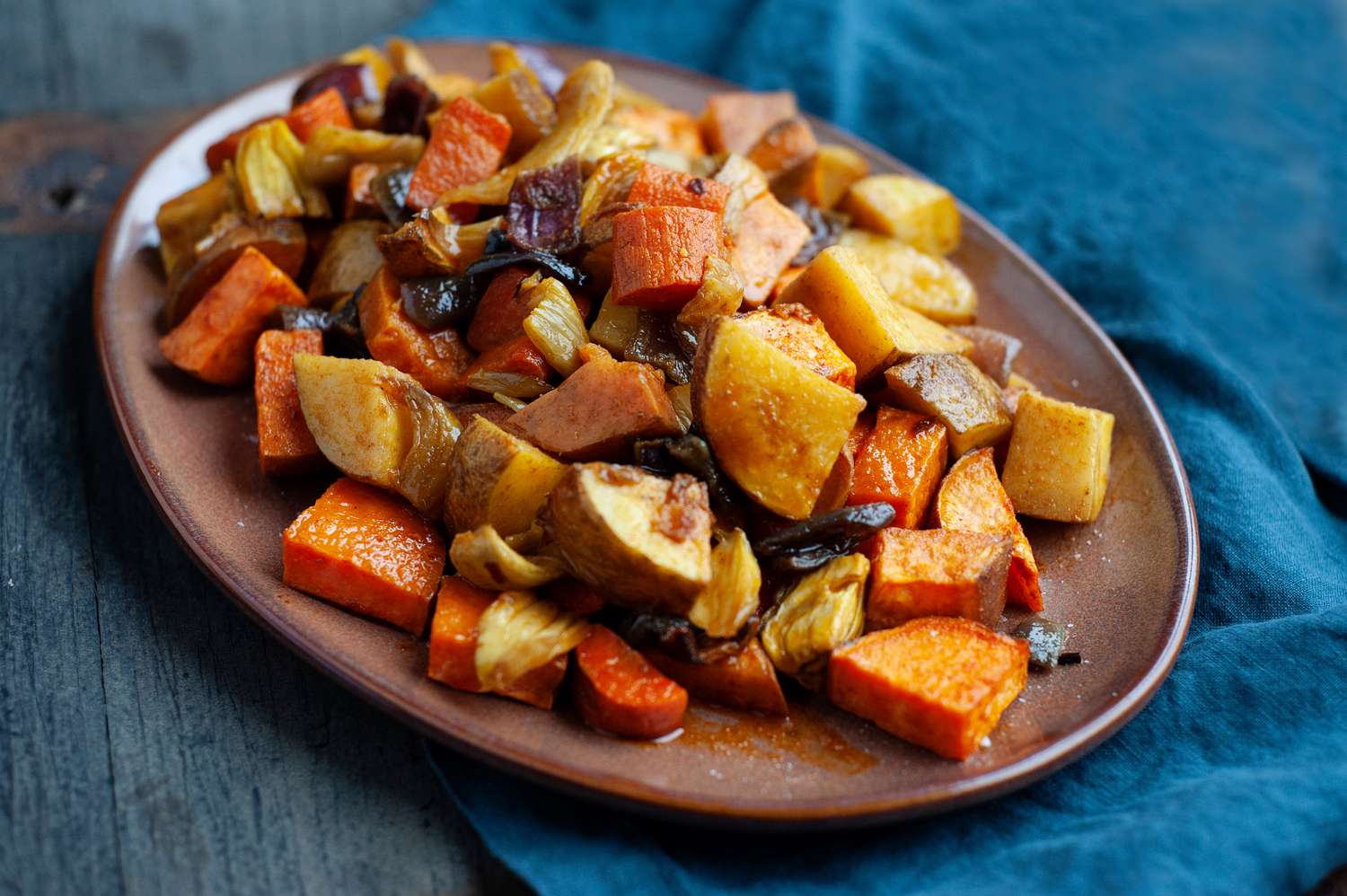Roasting Whole Coffee Beans: A Beginner’s Guide
If you’re a coffee lover, you may have considered roasting your own whole coffee beans at home. Not only does roasting your own coffee beans allow you to customize the flavor to your liking, but it also provides a unique and rewarding experience. In this guide, we’ll walk you through the process of roasting whole coffee beans at home, from selecting the beans to achieving the perfect roast.
Choosing the Right Coffee Beans
Before you start roasting, it’s important to select high-quality coffee beans. Look for beans that are fresh and have been stored properly to preserve their flavor. You can choose from a variety of coffee bean types, such as Arabica or Robusta, each offering its own unique flavor profile. Consider experimenting with different bean varieties to find your favorite.
Roasting Equipment
When it comes to roasting whole coffee beans at home, you’ll need the right equipment. Here are the essential tools you’ll need:
- Coffee Roaster: You can use a dedicated coffee roaster or a popcorn popper as an alternative.
- Cooling Tray: A metal colander or tray for cooling the roasted beans.
- Measuring Scale: To measure the amount of beans to be roasted.
- Timer: To keep track of the roasting time.
The Roasting Process
Now that you have your equipment ready, it’s time to start roasting your whole coffee beans. Follow these simple steps:
- Preheat the Roaster: If you’re using a coffee roaster, preheat it to the recommended temperature. If you’re using a popcorn popper, preheat it for a few minutes.
- Measure the Beans: Use a measuring scale to weigh the amount of beans you want to roast. Start with a small batch until you get the hang of the process.
- Begin Roasting: Add the measured beans to the roaster and start the roasting process. Keep an eye on the beans and listen for the first crack, which indicates the beans are reaching the early stages of roasting.
- Monitor the Roast: As the beans roast, they will go through different stages, from light to dark. You can stop the roasting process at any point to achieve your desired roast level.
- Cool the Beans: Once the beans reach your preferred roast level, transfer them to a cooling tray to stop the roasting process.
Storing and Enjoying Your Roasted Coffee Beans
After roasting your whole coffee beans, it’s important to let them rest for a day or two to allow the flavors to develop fully. Once the beans have rested, store them in an airtight container in a cool, dark place to preserve their freshness. When you’re ready to brew a cup of coffee, grind the beans just before brewing to enjoy the freshest flavor.
Roasting whole coffee beans at home is a fun and rewarding experience that allows you to savor the aroma and flavor of freshly roasted coffee. With the right equipment and a bit of practice, you can become a master at roasting your own coffee beans to perfection.
So, why not give it a try and embark on your journey to becoming a home coffee roasting aficionado?
Was this page helpful?
Read Next: How To Roast Whole Corn In Oven
